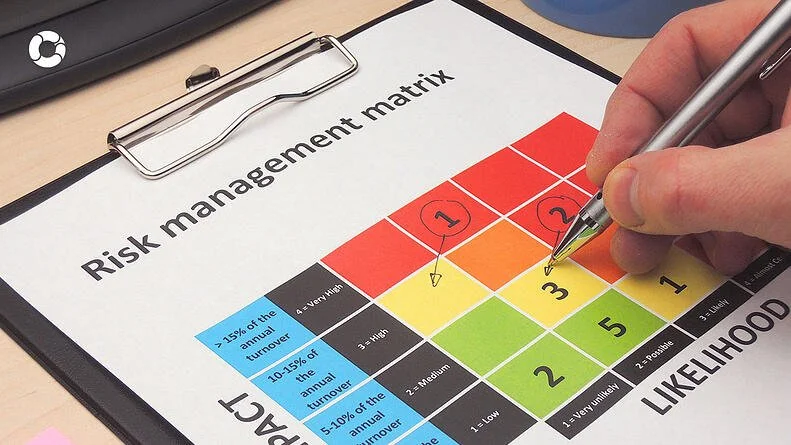Key Elements of an Internal Control Environment

The internal control environment is one that influences the members of an organization and the control of its activities. This environment is the baseline of corporate risk management, providing discipline and structure, as well as impacting all components of risk management.
For this control environment to work, the following elements need to be integrated.
Management philosophy
All entities should have a consistent risk management philosophy. This has to do with the assignment of responsibilities that facilitate the fulfillment of the company's objectives and mission. It is also important to establish whether adequate risk management is favored over the search for profitability.
Risk appetite
The institution must determine whether it is willing to expose itself to a high risk in order to achieve its objectives or whether, on the contrary, it opposes it. Before planning or conducting business, the different units of the organization must evaluate the implementation of the processing measures necessary for proper management.
Governing board
It is important to have a governing board that is sensitive and committed to risk management, and which exercises its supervisory functions in a relevant manner. Therefore, the board must have the experience and reputation of decision-making, as well as independence from management.
Integrity and ethical values
Determining ethical and behavioral values allows you to maintain the consistency of the control environment. In this regard, entities must ensure that the company's values are binding on all collaborators; that is, that they are extended to all organizational units and related companies. It should also aim to promote socially responsible business and support the trust of stakeholders.
Commitment to skills
The organization must conduct a proper analysis of the skills of its employees and, based on this assessment, focus on improving the knowledge and abilities of the company's human resources.
Organizational structure
It is essential that each entity establishes a structure with clearly defined responsibilities. Therefore, it should have a governing board, management units, an audit committee, a compliance officer, and specialized units to support management.
Assignment of authority and responsibility
The people who are part of the organization must be authorized to do their jobs. Therefore, hierarchical levels are essential to decide and supervise. Thus, decision-making powers will be centralized and decentralized.
Human resource standards
Establishing practices for contracting, guidance, training, coaching and compensation is a fundamental process of the internal control environment. Similarly, entities should determine the mechanisms and rules for sanctioning non-compliance by members of the organization.
You May Also Like
These Related Stories

Key elements of the risk management system

Types of internal control in company

What is corporate governance and why is it so important?

How to make a risk matrix for your company

3 tips to identify risks


No Comments Yet
Let us know what you think